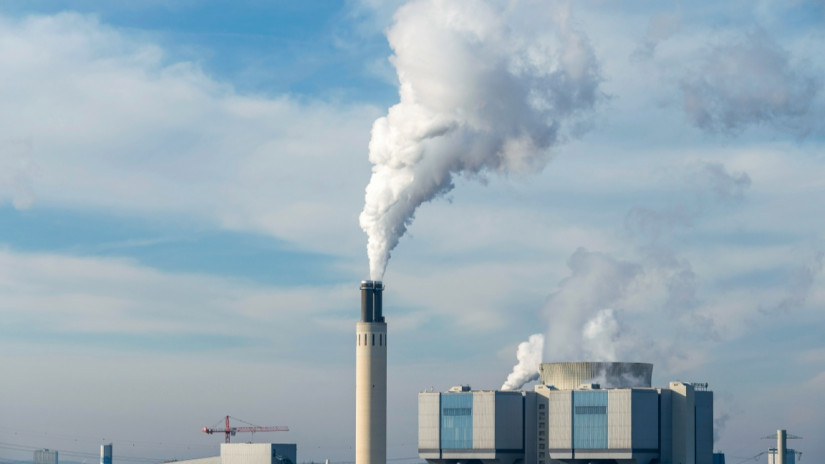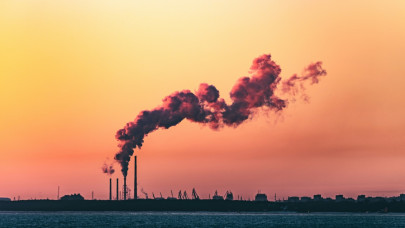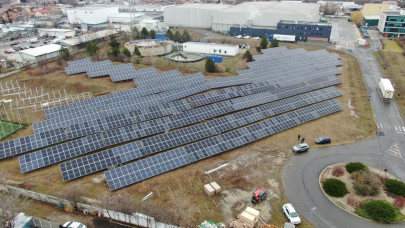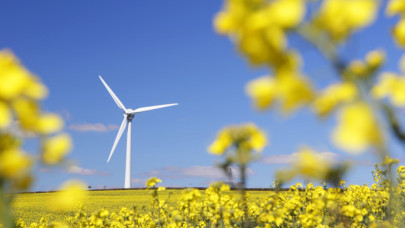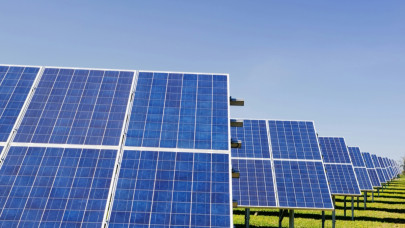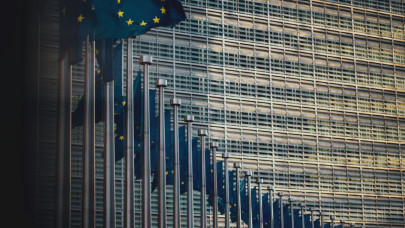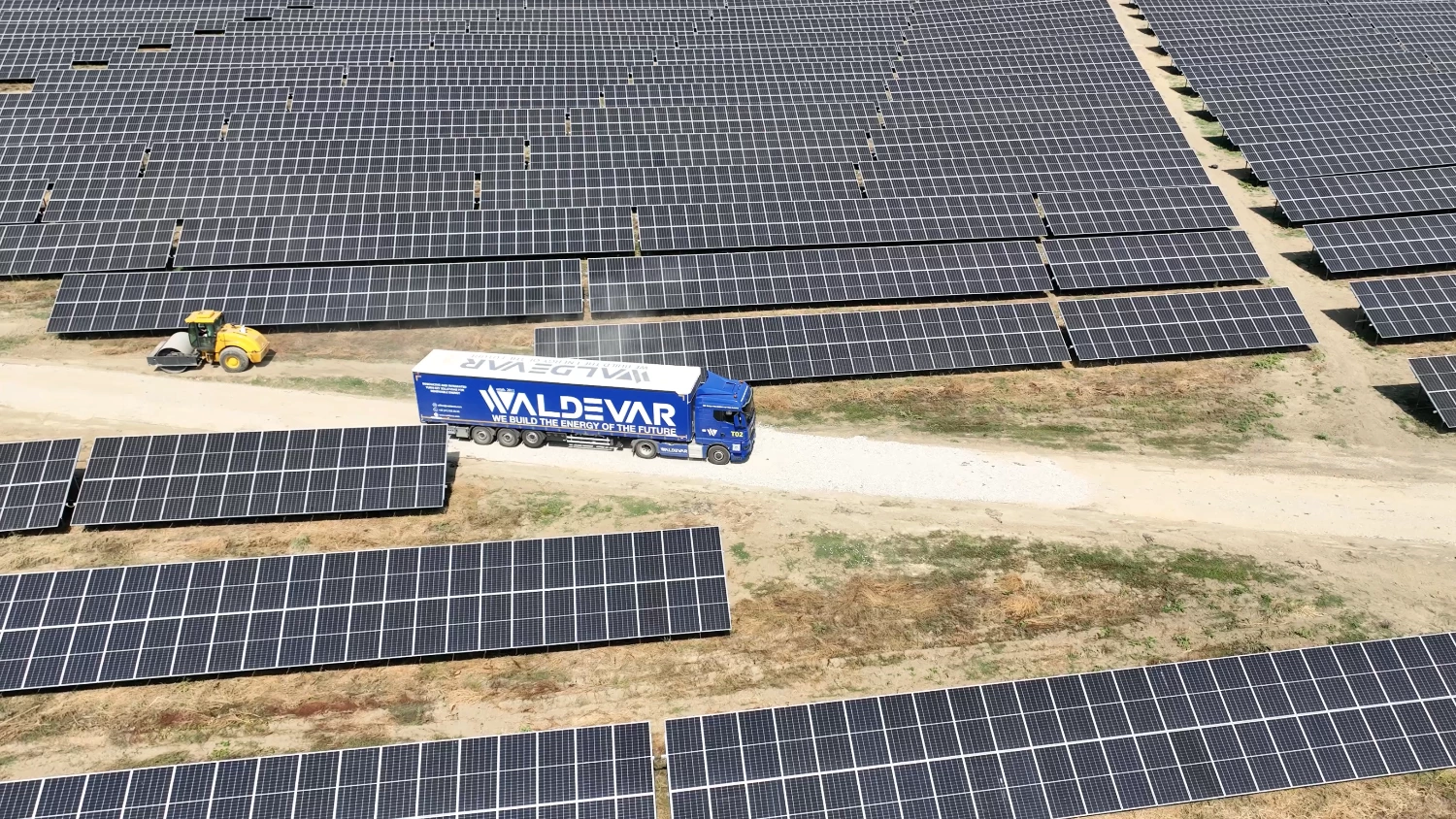In 2022, only 2% of European monitoring stations registered fine particulate concentrations above the EU annual limit value. However, almost all Europeans (96%) who live in cities are exposed to concentrations of fine particulate matter (PM2.5) that are above the WHO guideline level).
The EEA briefing also shows that there are significant differences between countries and regions, with areas in central and eastern Europe showing higher levels of pollution. In 2022, only Iceland had fine particulate concentrations that were lower than the WHO guideline level. Concentrations higher than the EU limit value were measured in three EU Member States: Croatia, Italy, and Poland.
The European Green Deal's zero pollution action plan sets a 2030 target of reducing premature deaths caused by fineparticulate matter by at least 55%, compared with 2005 levels, and a long-term goal of no significant health impacts by 2050. Earlier this year, the EU institutions reached an agreement on a proposal to update the ambient air quality directivesto align the EU air quality standards closer to the WHO's guideline levels and help deliver on the objectives of the zero pollution action plan.
The EEA briefing is the first analysis in the EEA's ‘Air Quality in Europe 2024' package. Later this year, the EEA will publish briefings on air pollutant emissions and the impacts of air pollution on ecosystems and human health. Thisincludes estimates of deaths and ill health that can be attributed to poor air quality.

